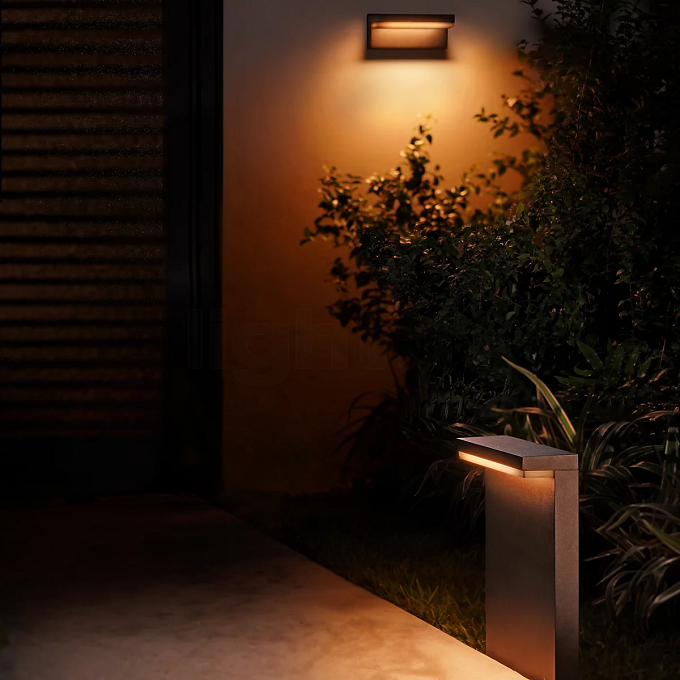Fluorescent Design Inc.

Fluorescent Design Inc.

Fluorescent Design Inc. is a digital design studio that creates products for use by millions of people. Its products are used by organizations like Newsweek, Tesla, Yale, and The White House. They also have a number of other clients that benefit from their services. Here are some of the products they have created.
Tools used to design fluorescent dyes
Fluorescent dyes are a popular tool for cell biology. They can be used to determine the number of bacteria in a sample, or they can be designed to stain a specific species or cell component. The most common fluorescent dye used for bacterial counts is acridine orange, which stains both live and dead cells and interacts with the DNA and proteins in each cell. These dyes are essentially a special type of fluorescent protein.
Fluorescent dyes are small organic molecules that have a high luminosity. These molecules can be synthetic or natural. They are used in various applications, including flow cytometry, immunofluorescence, Western blotting, and DNA electrophoresis. They can also be large, biologically manufactured proteins that fluoresce due to their macromolecular structure.
Materials used in synthesis of fluorescent substrates
Fluorescent substrates are chemical compounds that produce a fluorescent signal upon ring-closing metathesis. There are many fluorescent substrates on the market. However, most human XMEs lack the optimal substrate. These compounds are made using a flexible coumarin core chemistry, which allows a variety of functionalization options.
Fluorescent nanomaterials have great potential for biomedical applications. However, reliable fluorescence for biomedical applications depends on the chemical and physical properties of the material. For this reason, research is ongoing to improve the properties of fluorescent nanomaterials. Moreover, the increased prevalence of cancer has led to an increased need for novel biomedical therapies.
Current fluorescent nanomaterials have poor photostability. This has hindered their use for long-term bioimaging. However, there are some promising candidates that have excellent PL efficiency and are not toxic to living cells.
Processes involved in obtaining spectral scans of probes bound to amyloid plaques in neural tissue
Using spectral imaging techniques, we have been able to image the misfolded amyloid plaques in neural tissue. To achieve this, we have used the LCO protocol. Our experiments have demonstrated remarkable differences in the emission spectra of individual plaque cores. The emission spectra of the seeded amyloid cores from each injected mouse were then compared and Euclidean distance calculations were used to determine the differences between the seeded amyloid from each group. The results showed that the seeded amyloid from the PSEN1 A431E-injected mice was the most distinct from the sAD-treated mice.
We used a spectral imaging technique called phasor imaging. This method allowed us to image the structures of amyloid plaques in human and mouse brain sections. We used a blue-green dye called BSB, which emits an amyloid-specific near-infrared signal. This dye has a unique blue-shifted emission spectra, which allows us to differentiate different plaque types more accurately. The BSB probe has a distinctive spectrum with peaks that correspond to amyloid plaques, tangles, and fibrils.

